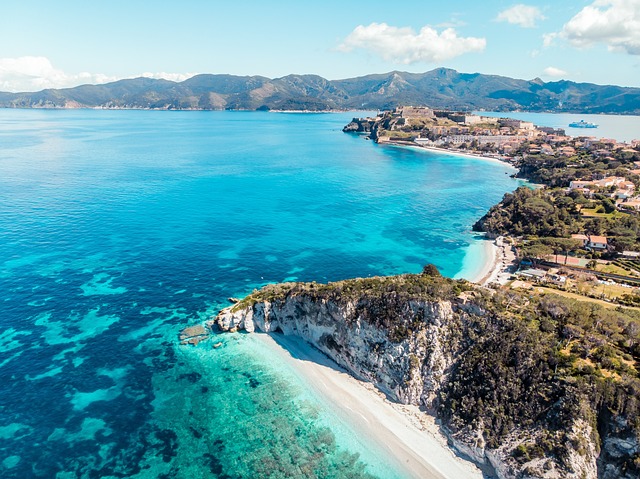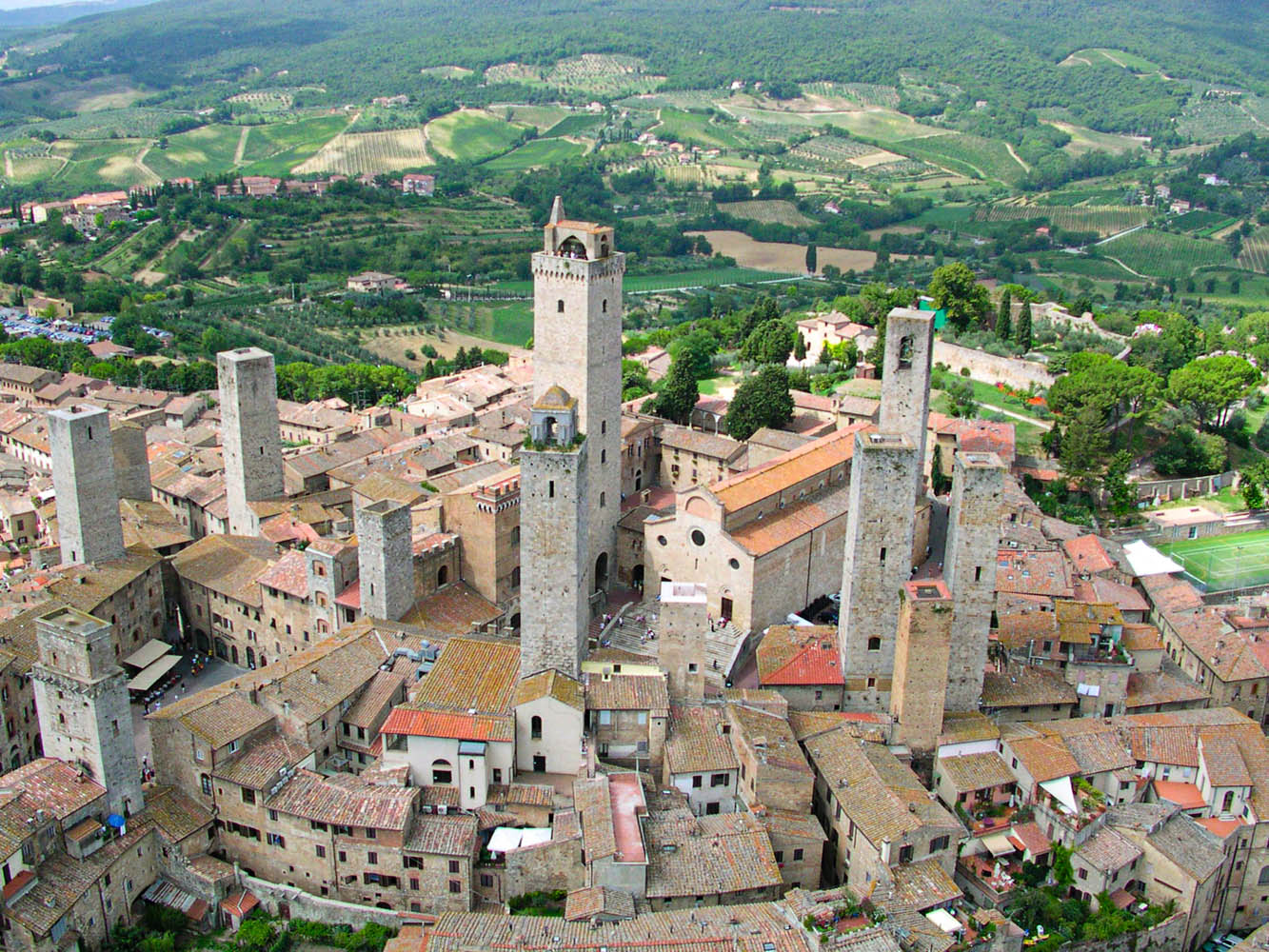With the epic era of fishing with “luntri” now over, replaced by modern swordfishing boats, the enchanting pearl of the Costa Viola, whose name derives from the beautiful nymph who, according to myth, was transformed by the sorceress Circe into a hideous monster, a metaphor for the dangerous sea storms that affect this stretch of the Strait and which in ancient times represented a often deadly threat to boats driven by storm winds against the promontory and the surrounding rocks, today it is one of the most appreciated tourist destinations in Calabria. Renowned is the village of Chianalea, located in the northern part of the promontory where the Ruffo Castle rises, currently housing the lighthouse of the Italian Navy. A picturesque cluster of houses erected on cliffs overlooking the sea, where a dense network of narrow alleys branches out, earning it the reputation of “Little Venice of the South.” Equally famous is its main beach, Marina Grande, bounded to the north and south by huge rocks, bathed by the waters of the Tyrrhenian Sea, which here take on a suggestive shade of intense blue and are particularly suitable for diving and snorkeling due to the beauty of its seabed, once much richer in vegetation and marine species. Marina Grande offers well-equipped bathing establishments as well as stretches of free beach, and its unmistakable beauty can also be enjoyed by strolling along the promenade that crosses it from north to south, rich in restaurants and bars where you can appreciate the local specialty, the king of sandwiches filled with the prized meat of the noblest of blue fish (thus rich in Omega 3), the “Piscispata.”
Among the most beloved versions is surely the one where the sandwich is served with a generous slice of swordfish prepared with tomatoes, black olives, and capers, and finally filled with caramelized red Tropea onion, arugula, or shavings of Parmesan cheese. A true delight for the palate to be enjoyed in front of a breathtaking panorama from which you can glimpse the Lipari Islands, Stromboli, and Messina. A spectacle that must have impressed the imagination of the ancient Greeks, expert navigators who ventured far beyond the lush Enotria (from the Greek ôinos/wine), rich in vineyards and olive groves, braving the dangers of the sea and its mythological monsters, like Odysseus who in his wanderings in the Mediterranean before returning to his beloved Ithaca, passed through the strait after staying in the mythical Eea, home of the feared and tamed Sorceress Circe.
The next stop on our itinerary is a gem of the coast named after the hero of the Homeric poem (Regional Park Riviera of Ulysses), which winds for several kilometers between Gaeta and Sperlonga, both municipalities included in the Association of the Most Beautiful Villages in Italy.


![]() Italiano
Italiano








